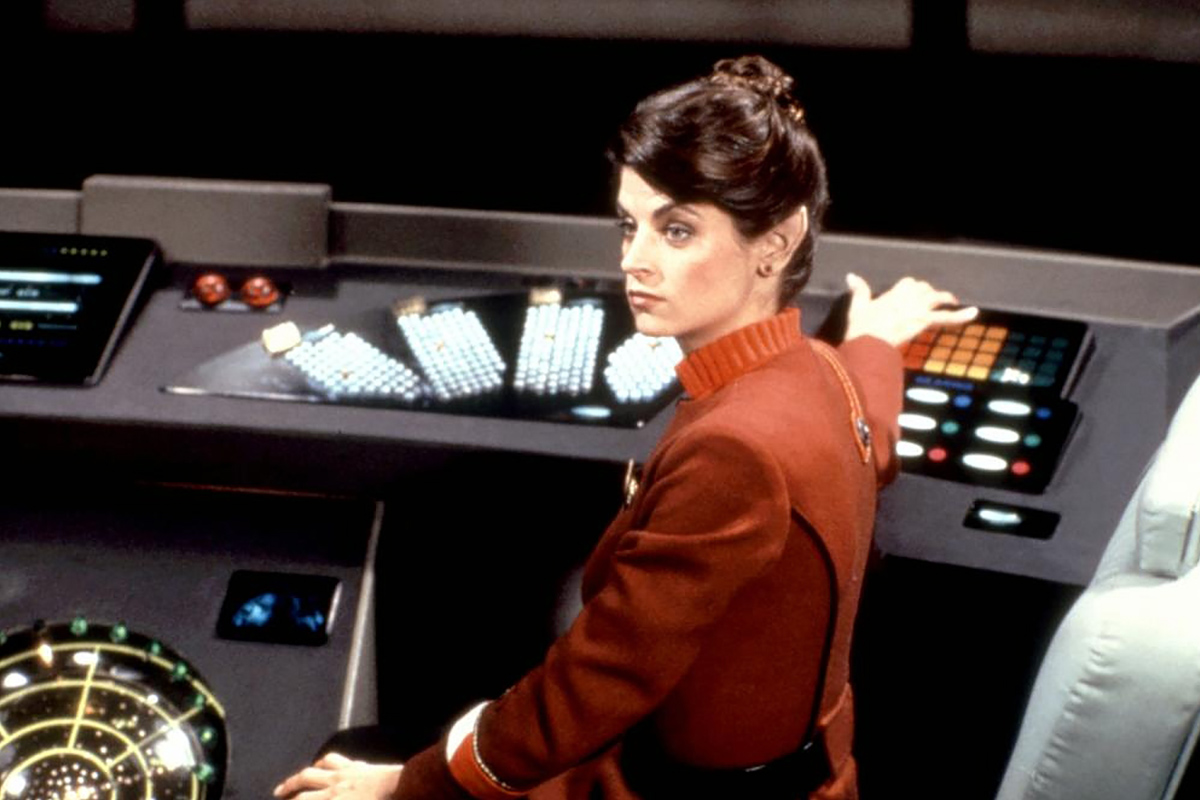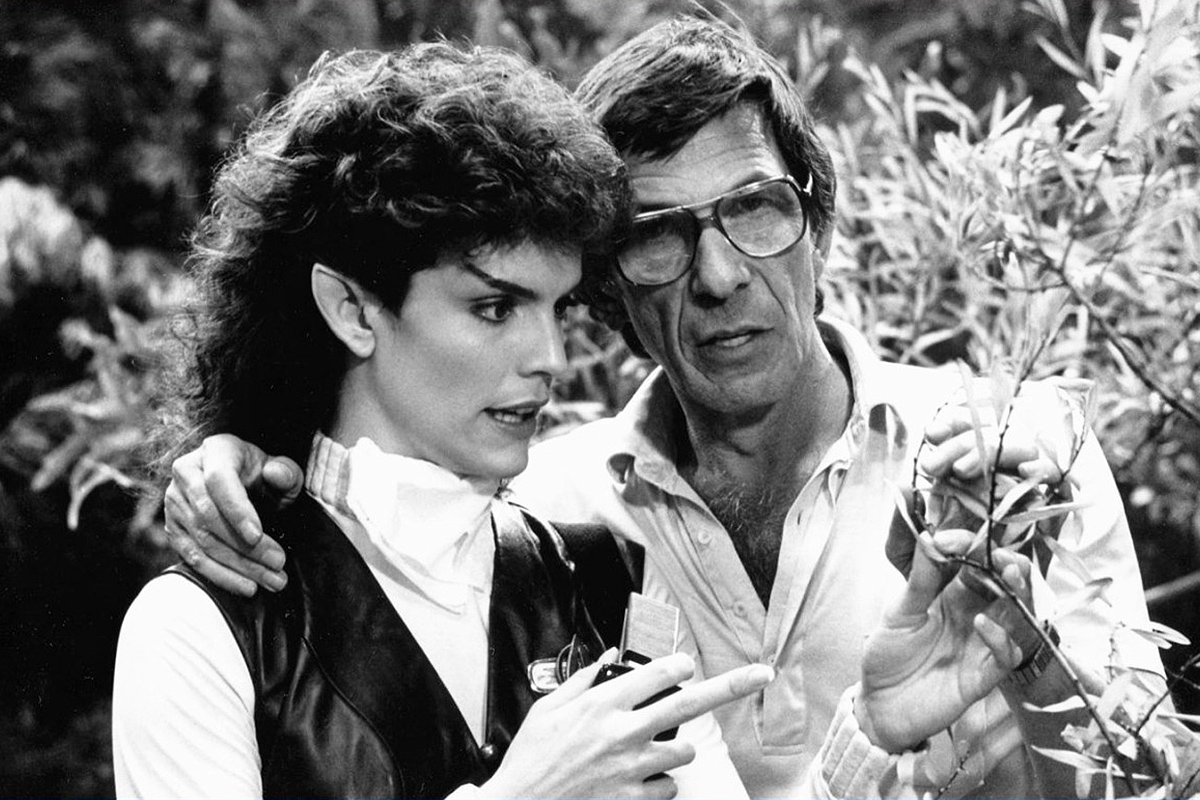Creating Lieutenant Valeris

Nicholas Meyer, who had created Saavik for Star Trek II (one of the scripts he cannibalized to write The Wrath of Khan, by Jack B. Sowards, had introduced a male Lieutenant Savik), wanted to return the Vulcan in Star Trek VI. Gene Roddenberry was against it. He worried fans would react poorly to a beloved character being portrayed as a traitor.
Meyer denied in a 1992 interview with Cinefantastique that Roddenberry’s objections were the reason he wrote Saavik out of the script. “That wasn’t a Gene Roddenberry character.” But he wouldn’t give the real reason either.
Denny Martin Flinn, who co-wrote The Undiscovered Country with Meyer, was more forthcoming:
There was a desire to get Kirstie Alley to play Saavik. When that looked it was going to be impractical, we couldn’t stand around waiting for a decision — maybe the money was too much — for whatever reason.


Recasting Saavik a third time — Robin Curtis had taken over the role in Star Trek III and IV — would have been too much.
We reached a point where Kirstie Alley could not be counted on to do the film and we said, let’s forget it. Let’s create another character, which led to some nice changes.
No complaints
Co-Producer Steven Charles Jaffe had no complaints:
We ended up with Kim Cattrall, who is unbelievable.
Cattrall initially passed on the role, believing she was asked to play Saavik.
“I’m not going to play a character that two other actresses have made their own,” she told the same magazine.
I wanted to do something that was individual and my own.
When she met with Meyer, things clicked:
We were both excited about the prospect of bringing a new character to the family of Star Trek crew members.
Meyer had enjoyed working with Alley, because she had let some emotion shine through. When others objected to Saavik shedding a tear at Spock’s funeral in The Wrath of Khan, arguing that Vulcans don’t cry, Meyer remembered — in a 1984 interview with Enterprise Incidents — saying, “Well, that’s what makes this such an interesting Vulcan.”
Cattrall, according to Jaffe, found the same right balance:
It’s not easy to play a Vulcan. There are a lot of people who did readings where either there was nothing there with absolutely no emotion or there was too much. Kim was exquisite, because she had the proper balance of not showing emotion but also being very alive. You knew there was this very smart person worthy of being opposite Leonard Nimoy as Spock.


Working alongside Nimoy was a dream come true for the Canadian actress, who had been a fan of Star Trek since the 1960s:
When I was growing up, I just thought Spock was the most amazing character. He was so smart and so sexy. He was just the perfect man to me, maybe a little lacking in passion but underneath all that was this incredible passion.
To match Spock’s look, Cattrall colored her hair black and shaved her sideburns.
I felt my ears would look much stronger.
She kept the ears:
It’s a wonderful memory of having done the movie.
Cattrall argued for wearing a skirt, like Nichelle Nichols.
I think in science fiction, women should look great. Women should always look great … and so should men. That’s why people go to the movies.
Meyer overruled her, arguing that the audience would only look at her legs. Cattrall wasn’t happy with the decision, and found the uniform too warm and bulky, but she didn’t want Valeris to be eye candy either.
I don’t think she’s like the other women in Star Trek. In the 60s, they were mostly beautiful women in great-looking, tight outfits with fabulous makeup and hairdos, more set decoration than real motivators in the mechanics of the plot.
